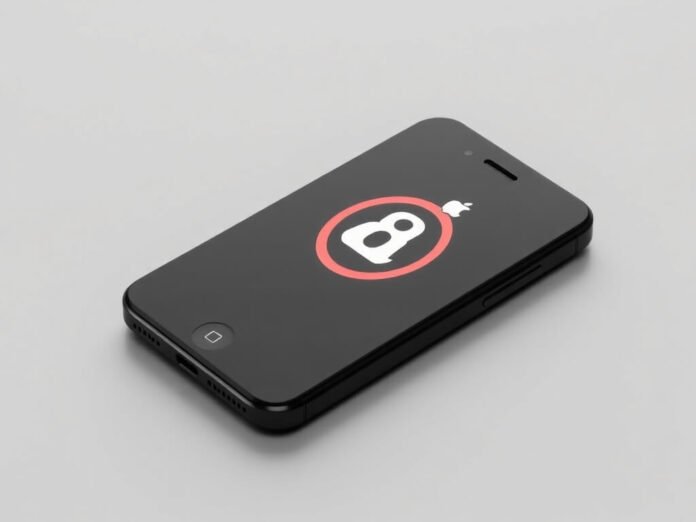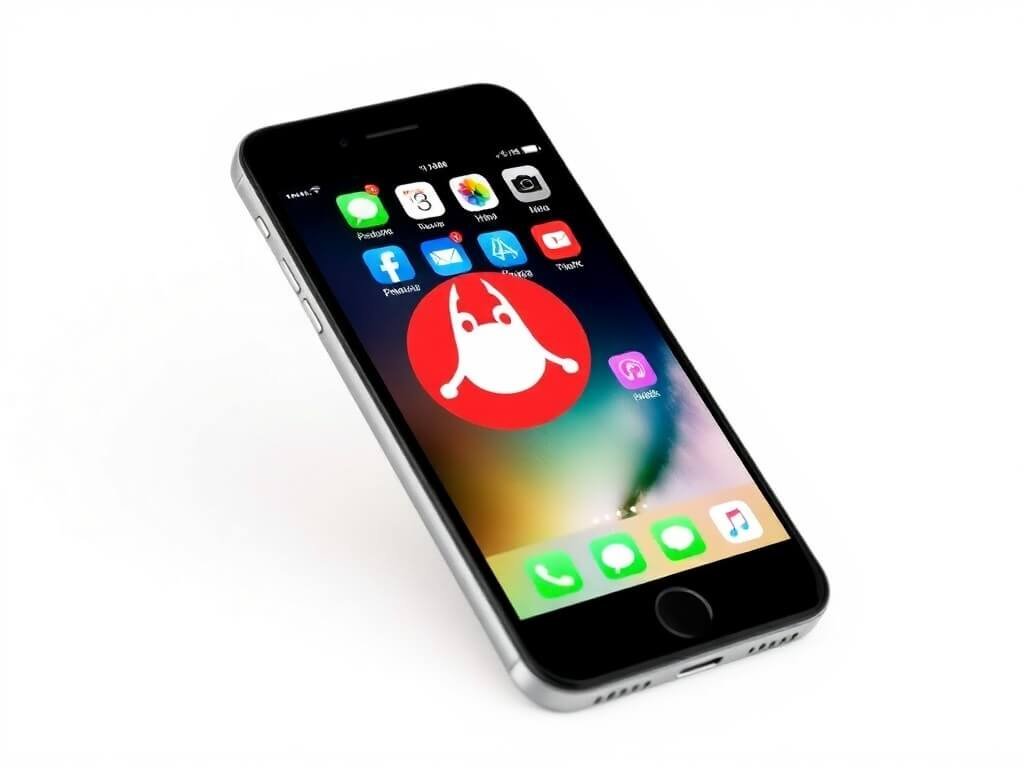Jailbreaking an iPhone is a popular method for bypassing Apple’s restrictions on the iOS operating system. By jailbreaking your iPhone, you can unlock additional customization options, install apps that aren’t available on the App Store, and gain access to a wealth of system-level controls that are typically restricted. In this detailed guide, we’ll explore how to jailbreak an iPhone, the risks involved, and the benefits it can provide.
What is Jailbreaking?
Before we delve into the technicalities of jailbreaking an iPhone, let’s first understand what it means.
Jailbreaking refers to the process of removing the limitations set by Apple on the iOS operating system. This is done by exploiting vulnerabilities in iOS and modifying the system files. Once the device is jailbroken, users can install third-party apps, tweaks, and themes that are not available on the official App Store.
Apple imposes strict controls on iOS to ensure security and maintain the stability of its devices. However, jailbreaking allows users to take control of their devices, enabling them to make changes that wouldn’t usually be possible. Some common reasons for jailbreaking include:
- Installing custom themes and tweaks
- Using third-party apps that are not available on the App Store
- Accessing system-level files and settings
- Installing Cydia, a popular alternative app store for jailbroken devices
- Enhancing device functionality with additional features
Why Jailbreak an iPhone?
There are many reasons why iPhone users opt to jailbreak their devices. Here are some of the top reasons:
- Customization: Jailbreaking provides more freedom to customize the look and feel of your iPhone. You can change system icons, alter the lock screen, and even install custom themes that Apple doesn’t support.
- Install Unapproved Apps: Jailbreaking allows you to install unavailable apps in the App Store. These apps often offer additional features and capabilities unavailable through the official iOS ecosystem.
- Increase Functionality: Jailbreaking enables you to install system tweaks that add new features to your iPhone. For instance, you can enable features like multitasking gestures, enhanced notifications, and more granular control over your device’s settings.
- Remove Bloatware: Some users may find pre-installed Apple apps or carrier-specific apps unnecessary. Jailbreaking allows you to remove or hide these apps, freeing up valuable storage space.
- Access to Cydia: Once jailbroken, you can install Cydia, a third-party app store that offers apps, tweaks, and utilities that Apple doesn’t approve. This opens up a whole new world of possibilities for your iPhone.
However, jailbreaking an iPhone is not without its risks and downsides.
Risks of Jailbreaking Your iPhone
Before proceeding with the jailbreak process, it’s crucial to understand the risks involved:
- Voiding Warranty: Jailbreaking your iPhone will void its warranty. Apple may refuse to repair or replace your device if it has been modified in this way.
- Security Risks: Jailbreaking removes certain security features, making your device vulnerable to malware, data breaches, and other security threats. This is particularly concerning if you install apps or tweaks from untrustworthy sources.
- Instability: Jailbroken iPhones can experience system instability, including crashes, freezes, and battery issues. Apps that are not optimized for jailbroken devices may also cause glitches.
- Bricking Your Device: If something goes wrong during jailbreaking, you could end up with a “bricked” iPhone, meaning it becomes unusable. Although this can often be fixed with a restore, it presents a potential risk.
- Updates: Jailbroken iPhones can have issues updating to new iOS versions. Apple’s regular updates may turn off the Jailbreak or cause instability. Sometimes, you may have to wait for the jailbreaking community to release an update for the new iOS version.
Is Jailbreaking Legal?
The legality of jailbreaking varies depending on your country and local laws. In many regions, jailbreaking is legal as long as it doesn’t involve pirating apps or violating intellectual property laws. However, Apple’s terms and conditions explicitly forbid jailbreaking, which means it could violate the device’s warranty. Be sure to research your country’s stance on jailbreaking before proceeding.
Prerequisites for Jailbreaking an iPhone
Before you begin, ensure that your iPhone meets the necessary criteria for jailbreaking. Here are some prerequisites:
- Supported iPhone Model: Jailbreaking methods vary by iPhone and iOS versions. Check if your iPhone is compatible with the available jailbreak tools.
- Backup Your Device: Jailbreaking can sometimes lead to data loss or complications. Before proceeding, creating a complete backup of your device using iTunes or iCloud is always a good idea.
- Charge Your iPhone: Ensure your device is fully charged or has at least 50% battery to avoid interruptions during the Jailbreak.
- Computer: Depending on the method, you may need a Windows or Mac computer to complete the Jailbreak. Some jailbreak tools also offer computer-free methods, but they require more caution.
Step-by-Step Guide: How to Jailbreak an iPhone
Now that you understand the basics of jailbreaking, let’s dive into the step-by-step process of jailbreaking an iPhone. For the sake of this guide, we will focus on a commonly used jailbreak method, but the process may vary depending on your iPhone model and iOS version.
- Check the iOS Version and iPhone Model Compatibility.
Before you begin, you must check which iOS version your iPhone is running and whether your device is compatible with the jailbreak tool.
- Go to Settings > General > About to see your iOS version.
- Look for a trusted online resource to confirm which jailbreak tool is compatible with your device and iOS version. Websites like JailbreakMe or Reddit’s r/jailbreak community are good sources for this information.
- Download a Jailbreak Tool
There are several popular tools that you can use to jailbreak your iPhone. Some of the most well-known jailbreak tools include:
- Unc0ver: Works for many devices and iOS versions.
- Checkra1n: Works for iOS 12 and newer, including iOS 14. It uses a hardware-based exploit to work on older models like the iPhone 5S.
- Taurine: Another option that works on iOS 14, particularly for A12 and newer devices.
Choose the tool that is compatible with your iPhone and iOS version and download it from a trusted website.
- Prepare Your Device
Before proceeding with the Jailbreak, it’s essential to prepare your device:
- To disable Find My iPhone, Go to Settings > [Your Name] > Find My > Find My iPhone and turn it off.
- Disable Passcode and Touch/Face ID: To facilitate the jailbreaking process, turn off any passcodes, Touch ID, or Face ID.
- Enable Airplane Mode: Turning on Airplane Mode can help avoid interruptions during the process.
- Backup Your Data: As mentioned earlier, back up your data using iTunes or iCloud to ensure you don’t lose anything important.
- Start the Jailbreak Process
With everything set up, it’s time to start the jailbreaking process. Follow the instructions for your specific tool. The general process will involve:
- Connect Your iPhone to Your Computer (if necessary).
- Open the Jailbreak Tool and follow the on-screen prompts.
- Allow the Jailbreak to Install: The tool will exploit the iOS vulnerability and begin installing the necessary files on your device.
- Reboot Your Device: After the process is complete, your iPhone will reboot, and you should see a new app on your home screen, usually called Cydia.
- Install Cydia and Other Tweaks
Once your iPhone is jailbroken, you can install apps, tweaks, and themes unavailable on the App Store. Cydia is the most popular third-party app store for jailbroken iPhones, where you can find thousands of apps and tweaks.
- Open Cydia and browse through available packages.
- Install any apps or tweaks you want to use on your device.
- Re-enable Security Features
After the Jailbreak is complete, make sure to re-enable the security features you disabled earlier:
- Turn Find My iPhone back on.
- Set up your passcode, Touch ID, or Face ID again.
Conclusion
Jailbreaking an iPhone can unlock a new world of customization, features, and apps that Apple doesn’t typically allow. While it offers many advantages, such as third-party apps and additional system tweaks, it also comes with risks, including security vulnerabilities, instability, and voiding your warranty.
If you decide to proceed with jailbreaking your iPhone, follow the instructions carefully and take the necessary precautions to protect your device. With the right tools and knowledge, you can enjoy the benefits of a jailbroken iPhone while minimizing the potential downsides. However, always weigh the pros and cons before making the decision and ensure that jailbreaking is the right choice for your needs.
you may also read: How to Screen Record on iPhone: A Step-by-Step Guide

